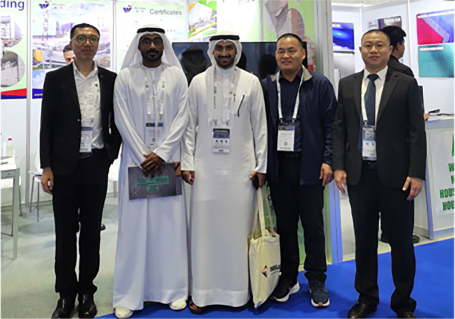
Dec . 23, 2024 17:29 Back to list
Exploring RDP Powder Applications and Benefits in Various Industries
Exploring RDP Powder A Comprehensive Overview
RDP powder, short for Redispersible Polymer Powder, has gained significant traction across various industries, particularly in construction and manufacturing. This versatile material is utilized to enhance the performance of cement-based formulations, such as adhesives, mortars, and coatings. Its unique properties make it an essential ingredient in modern construction practices, ensuring better adhesion, reduced water absorption, and improved flexibility.
What is RDP Powder?
RDP powder is a dry, free-flowing powder that consists of polymers that have been modified specifically to re-disperse in water. It is a crucial additive that, when mixed with water, provides enhanced bonding and mechanical properties to the resulting mixture. The most common types of polymers used in RDPs include ethylene-vinyl acetate (EVA) and polyvinyl acetate (PVA). These polymers possess excellent film-forming capabilities, making RDP powder invaluable in various applications.
Applications of RDP Powder
1. Cementitious Adhesives RDP powder is commonly used in tile adhesives and thin-set mortars. Its incorporation allows for better wetting of surfaces and improved adhesion to substrates, ensuring that tiles remain securely in place over time. The flexibility imparted by RDP ensures that adhesives can accommodate slight movements and thermal expansions without cracking.
2. Self-Leveling Compounds In self-leveling flooring compounds, RDP powder contributes to the improved flow characteristics, allowing the mixture to spread evenly across the surface. This results in a smooth, flat substrate that is crucial for the installation of flooring materials, such as laminate or carpet.
3. Waterproof Coatings RDP powders are also used in the formulation of waterproofing membranes and coatings. The water resistance provided by the polymer helps protect structures from moisture ingress, thereby extending their longevity and reducing maintenance costs.
4. Precast Concrete In the production of precast elements, RDPs enhance the workability of the concrete mix while improving its tensile strength. This is particularly important in architectural precast applications where aesthetic properties are as crucial as structural integrity.
Benefits of Using RDP Powder
rdp powder

The incorporation of RDP powder brings several benefits to construction materials
- Improved Workability RDP helps to modify the rheological properties of mixtures, making them easier to apply and spread.
- Enhanced Bonding It significantly increases the bond strength between different materials, ensuring durability and reducing the risk of delamination.
- Reduced Water Absorption RDP modulates the permeability of the mixture, resulting in decreased water absorption and improved durability.
- Flexibility and Crack Resistance The elasticity provided by RDP ensures that materials can withstand environmental stressors without cracking, thereby enhancing the lifespan of structures.
Considerations When Using RDP Powder
While RDP powder offers numerous advantages, correctly understanding its usage is essential to maximizing benefits. Factors such as the ratio of powder to water, mixing conditions, and application techniques all play a role in the final performance of the material. Additionally, it’s important to source RDP powders from reputable manufacturers to ensure consistent performance and quality.
Conclusion
In conclusion, RDP powder is a valuable additive that has transformed construction practices, providing enhanced properties to cement-based materials. Its applications in adhesives, self-leveling compounds, waterproof coatings, and precast concrete highlight its versatility and importance in modern construction. As the industry continues to innovate, further advancements in RDP technology are likely to emerge, offering even greater performance benefits for future applications. For anyone involved in construction or manufacturing, understanding the implications and advantages of RDP powder is crucial in ensuring the success and durability of their projects.
-
Versatile Hpmc Uses in Different Industries
NewsJun.19,2025
-
Redispersible Powder's Role in Enhancing Durability of Construction Products
NewsJun.19,2025
-
Hydroxyethyl Cellulose Applications Driving Green Industrial Processes
NewsJun.19,2025
-
Exploring Different Redispersible Polymer Powder
NewsJun.19,2025
-
Choosing the Right Mortar Bonding Agent
NewsJun.19,2025
-
Applications and Significance of China Hpmc in Modern Industries
NewsJun.19,2025







